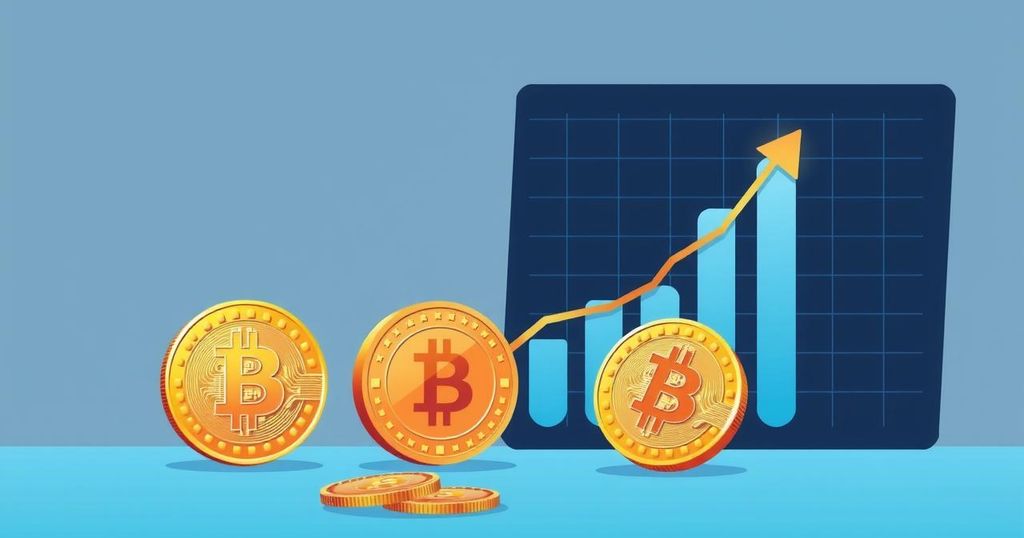Bitcoin’s Post-Halving Performance: Disappointing Growth Amidst High Uncertainty
One year post-Bitcoin’s April 2024 halving, its price surge is muted compared to previous cycles. While Bitcoin reached a new high of $95,000, the 49% increase is the weakest recorded following a halving, largely due to high macroeconomic uncertainties and interest rates. Miners are also feeling the effects, as maintaining profitability becomes increasingly challenging.
Bitcoin’s quadrennial halving event, which took place a year ago in April 2024, typically leads to price spikes — but not this time around. Sure, Bitcoin did reach an all-time high shortly after the halving, but experts say the percentage increase is disappointingly sluggish compared to previous cycles. Data from Kaiko indicates this period is actually the weakest post-halving performance in Bitcoin’s history, measured by percentage growth.
As of Friday, Bitcoin was priced around $95,000, marking a 49% rise since the halving. Yet, previous halvings have seen percentage gains skyrocket into the three and even four figures. Kaiko’s senior analyst, Dessislava Aubert, mentioned that current macroeconomic conditions, particularly high interest rates, play a significant role in dampening Bitcoin’s performance.
Historically, Bitcoin has thrived in low-interest-rate environments, similar to other risk assets like stocks. However, concerns regarding U.S. trade policy, economic adjustments under President Trump, and overall uncertainty have lowered investor confidence, negatively impacting cryptocurrency prices. Not surprisingly, Bitcoin peaked at nearly $109,000 just after Trump’s inauguration, as markets expected cryptocurrency-friendly policies.
Halving events occur every four years, reducing mining rewards for transaction processing. With less Bitcoin entering circulation, it’s generally assumed that this should boost prices. Back in 2012, for instance, Bitcoin’s price jumped from $12.35 to $964 following the first halving—an astounding gain of around 8,000%. In subsequent halvings, similar significant price increases occurred, yet this latest cycle paints a different picture.
After the most recent halving, miners now receive 3.125 BTC per block instead of 6.25. Surprisingly, Bitcoin’s price is not dramatically higher than it was a year ago, leaving analysts puzzled. Some had anticipated that halving alongside the approval of spot Bitcoin ETFs would spark significant price rallies. While Bitcoin has seen dollar gains, the growth has not been as spectacular as many had hoped.
The mining sector is feeling the crunch, as lower Bitcoin prices force operators to sell more of their mined coins to cover costs. Curtis Harris from Compass Mining pointed out the increasing mining difficulty is making survival harder for many businesses.
Unlike past cycles, this April halving hasn’t unleashed explosive growth. Harris echoed concerns about broader economic issues impacting miners’ operations. Once again, Trump’s political decisions on tariffs and economic policies are contributing to unease among investors.
Shanon Squires, Chief Mining Officer at Compass Mining, mentioned that savvy miners likely anticipated a less frenetic rally than in years past. “If you’re managing expenses well, you should maintain stable profitability,” he explained. Anyone building mining operations on the hope of Bitcoin hitting $1 million quickly might have overlooked critical market signals.
This year’s halving surely hasn’t delivered the same exhilarating price dynamics as its predecessors—leaving both investors and miners feeling a bit let down.
As we look ahead, the lingering question remains: what will it take for Bitcoin to break out in this complicated economic landscape?




Post Comment